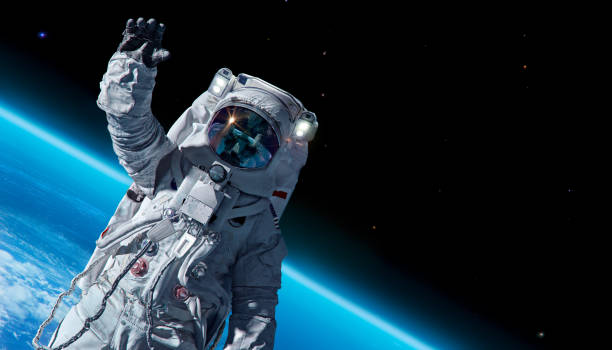Astronauts Suni Williams and Butch Wilmore have returned to Earth after an unexpected nine-month stay on the International Space Station (ISS). Originally, they were meant to spend only eight days in space, but their mission stretched far longer. Now, they must begin the long road to physical recovery.
Life in Space and Its Effects on the Human Body
For many, traveling to space and seeing Earth from above is a lifelong dream. However, the human body is built to function under Earth’s gravity. Without that force, changes happen quickly, and recovery can take months or even years.
“Space is the most extreme environment humans have ever faced, and we have not evolved to cope with such conditions,” says Prof. Damian Bailey, a specialist in human physiology at the University of South Wales.
Astronauts often describe the initial experience of weightlessness as freeing. “It feels like a vacation,” says Tim Peake, who stayed on the ISS in 2015. “Your heart works less, your muscles relax, and you float effortlessly.” But this ease comes at a cost.
Muscle and Bone Loss in Zero Gravity
In space, muscles and bones do not have to work as hard. This leads to a loss of strength and mass. Standing on Earth engages muscles, but in space, there is no such pressure. As a result, astronauts can lose up to 1% of their bone and muscle mass every month.
The heart also weakens. On Earth, it pumps blood against gravity. In space, it no longer has to work as hard, which can lead to shrinkage. Blood vessels also weaken, increasing the risk of heart issues in the long run.
To slow this process, astronauts must follow strict exercise routines. “Astronauts train two hours a day on a treadmill, cycle, and use resistance machines,” says Prof. Bailey. “Even with this, recovery takes time.”
Now that Williams and Wilmore are back, they must rebuild their strength through months of training. “Muscle mass can return in a few months, but bones take years to fully recover—if they ever do,” says Dr. Helen Sharman, the first Briton in space.
Fluid Shifts and Vision Problems
Microgravity does not just affect muscles and bones—it changes fluids inside the body. On Earth, gravity pulls fluids downward. In space, they move toward the head, causing puffiness and pressure on the brain.
This pressure can affect vision. Some astronauts develop a condition called “spaceflight-associated neuro-ocular syndrome” (SANS), which alters the shape of the eye and can lead to permanent vision changes.
Another issue is the balance of good bacteria in the gut. Scientists have found that microgravity disrupts the microbiome, affecting digestion and immunity.
The Challenge of Returning to Earth
Coming back to Earth is just as tough as adjusting to space. The body must readapt to gravity, which can be exhausting. The vestibular system, which controls balance, is heavily affected. Without gravity, astronauts lose their sense of up and down.
“The first few days back on Earth are difficult,” says Tim Peake. “You feel dizzy and weak. Even standing still is a challenge.”
Astronauts often struggle with simple tasks like walking or holding objects. Their legs feel heavier, and their reflexes slow down. The risk of fainting increases due to blood pressure changes.
The Road to Full Recovery
Williams and Wilmore now face months of rehabilitation. Their program will include strength training, balance exercises, and cardiovascular workouts. NASA’s medical teams will monitor their progress closely.
Research on astronaut recovery helps scientists understand how space travel affects the human body. This knowledge is crucial for future missions, including planned trips to Mars.
As space agencies prepare for longer missions, astronauts like Williams and Wilmore provide valuable insights. Their experience will help improve training and recovery programs for future explorers.
For now, they must focus on rebuilding their health. Their journey is not over—it is just beginning.


